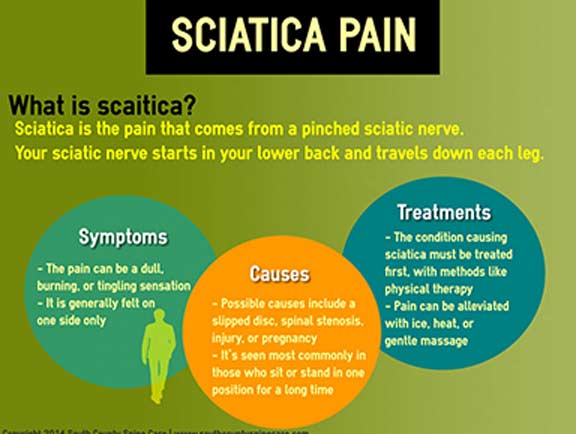A Beginner'S Overview To Understanding Cervical Spinal Column Makeup And Its Effect On Neck Pain
A Beginner'S Overview To Understanding Cervical Spinal Column Makeup And Its Effect On Neck Pain
Blog Article
Content By-Proctor Buckner
As you sit there, possibly really feeling a stab of discomfort in your neck, have you ever before stopped to consider the detailed structures that comprise your cervical spinal column? Recognizing how the vertebrae, discs, and nerves connect in this region can shed light on why neck discomfort can be so persistent and debilitating. By exploring the foundations of cervical spinal column composition and its effects for neck pain, you may discover insights that could assist you better manage or perhaps prevent those unpleasant pains and tightness.
Importance of Cervical Back Composition
Comprehending the value of cervical spinal column makeup is critical in comprehending the complexities of neck pain. The cervical back, composed of seven vertebrae, plays an essential role in sustaining the head's weight and facilitating motion. It houses the spinal cord, which sends messages in between the brain and the rest of the body. In unable to stand up straight due to lower back pain , the cervical spine secures these fragile nerves and offers architectural stability to the neck area.
Furthermore, the cervical back allows for a wide variety of movement, allowing you to transform your head, tilt it sidewards, and nod backwards and forwards. Each vertebra has certain features and functions that contribute to the overall adaptability and security of the neck. Comprehending the composition of the cervical back can aid you understand just how injuries or degenerative problems in this area can cause neck discomfort and relevant symptoms.
Parts of the Cervical Spinal column
When exploring the parts of the cervical spinal column, it becomes evident that its framework consists of 7 vertebrae, identified C1 to C7, stacked on top of each other. These vertebrae are critical as they offer support to the head and permit a wide range of movement in the neck.
find out here , C1, additionally called the atlas, sustains the skull and allows the sleeping activity of the head. Directly under C1 is the C2 vertebra, referred to as the axis, which allows for the rotation of the head back and forth.
Moving down the cervical spine, each vertebra plays an important duty in keeping the spinal column's adaptability and stability. Between https://ischiropractoraspecialist52839.madmouseblog.com/12320872/merging-conventional-physical-treatment-with-innovative-techniques-for-pain-in-the-back-relief-can-reinvent-your-healing-trip are intervertebral discs that work as paddings, taking in shock and stopping the vertebrae from massaging versus each other.
Understanding the parts of the cervical back is essential in understanding exactly how the spine functions and its prospective effect on neck discomfort.
Partnership Between Spinal Column and Neck Discomfort
The connection between the spine and neck pain is a crucial aspect of comprehending musculoskeletal discomfort. Your back, especially the cervical region, plays a substantial role in sustaining your head and permitting various activities. When there's a problem in the back, such as a herniated disc or imbalance, it can straight impact the surrounding tissues and nerves, leading to neck discomfort. Poor posture, injuries, and degenerative problems can all add to spine-related neck discomfort.
It's vital to identify that the back and neck function as a natural system. Any type of abnormalities or imbalances in the spine can trigger pressure on the neck muscular tissues and ligaments, causing pain and rigidity.
Final thought
Since you have a fundamental understanding of cervical spinal column composition and its link to neck pain, you can much better value the intricacies of your very own neck pain. Keep in mind, the health and wellness of your cervical spine plays a crucial duty in sustaining your head and promoting activity, so it is very important to take care of it via correct stance, exercise, and routine examinations with a medical care expert. Stay educated and proactive about your back health and wellness to stop and take care of neck pain successfully.
